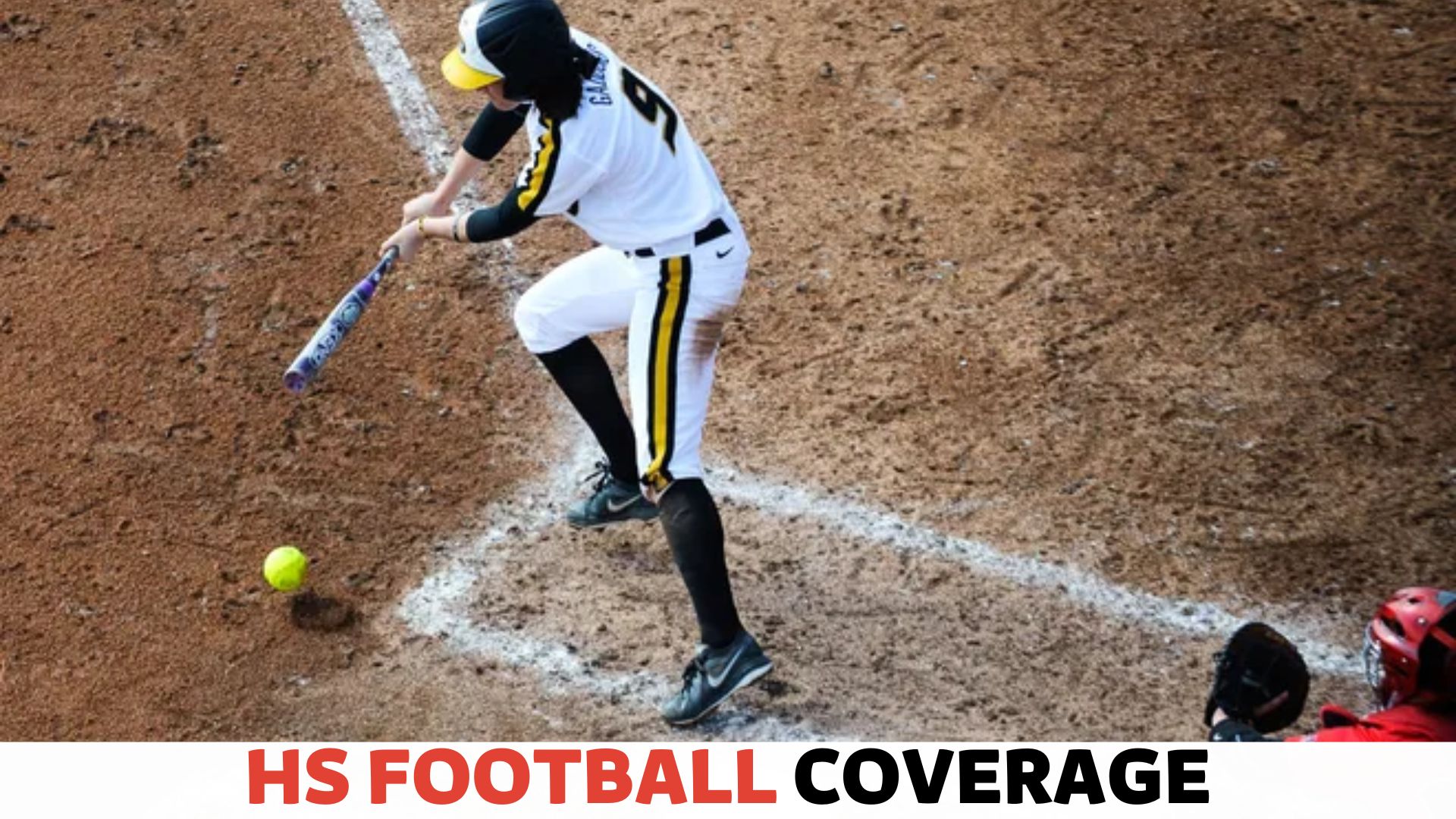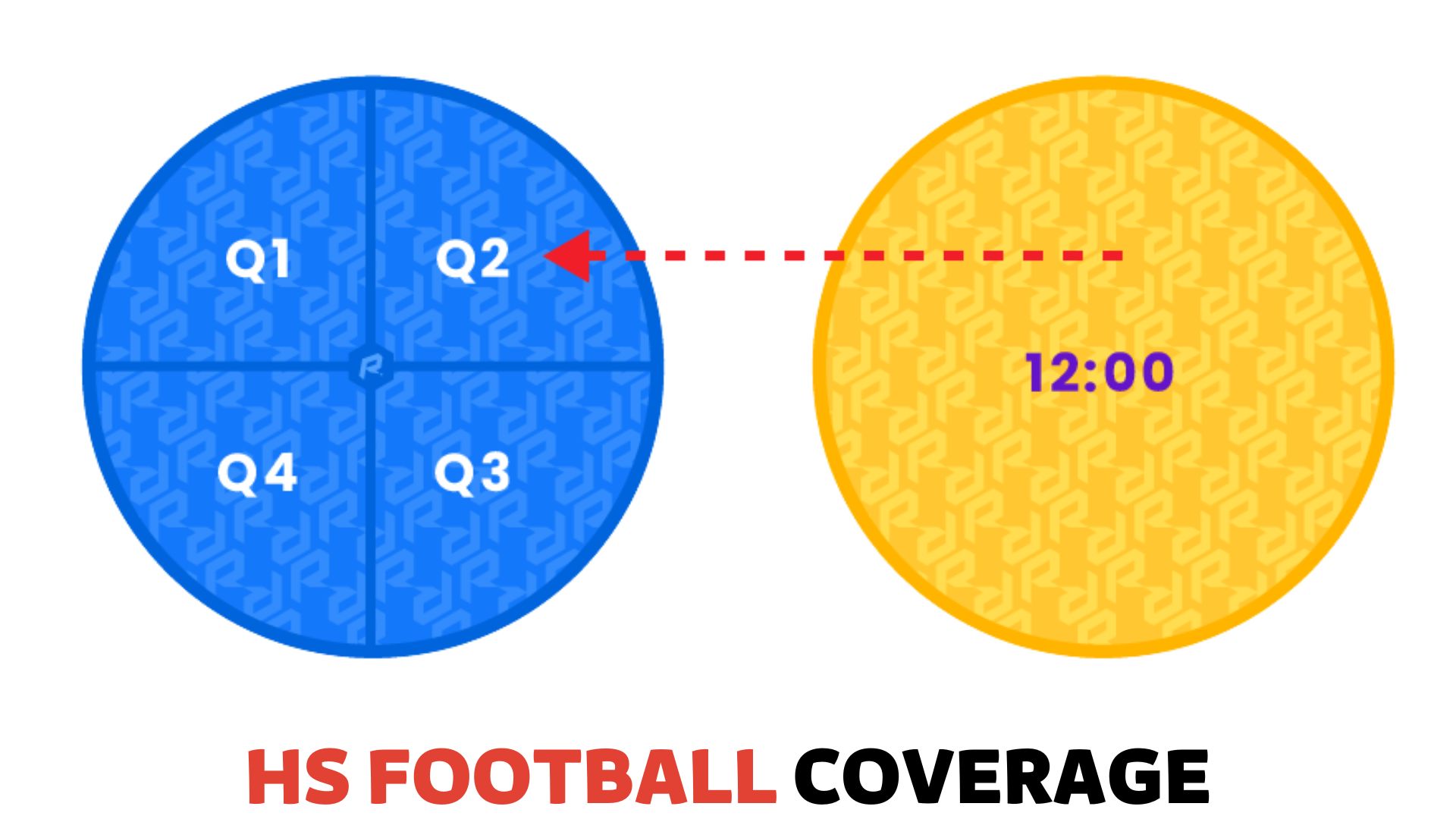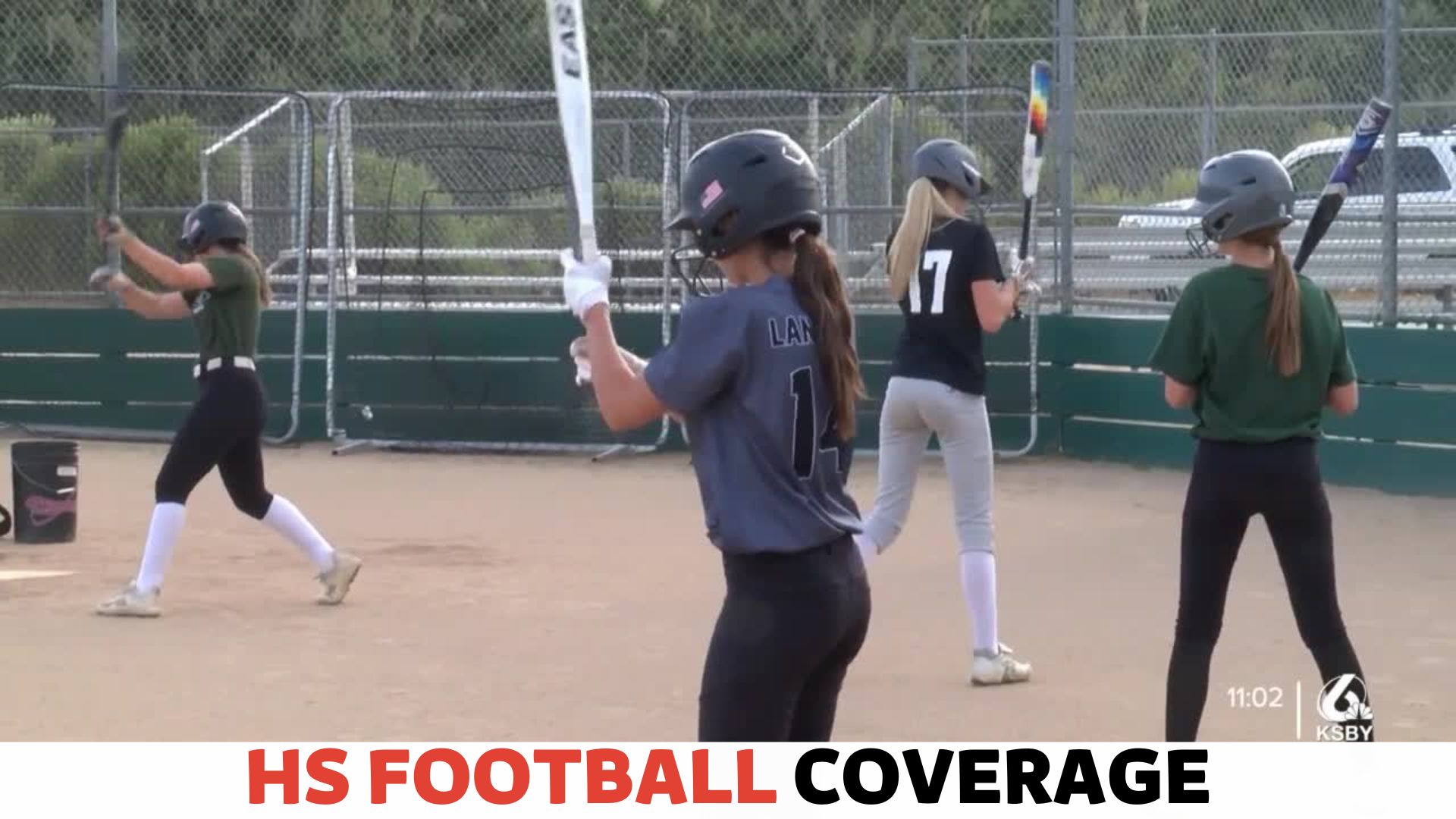
The high school wrestling season typically ends in late February or early March. As the winter sport comes to a close, wrestlers are wrapping up their training and competing in regional and state championships to culminate the season with their final matches.
This exciting time showcases the dedication and hard work of student-athletes who have spent months preparing for these pivotal moments.
As wrestlers push their physical and mental limits in grueling practices and intense matches, the end of the season brings a mix of relief, satisfaction, and anticipation for the following year’s challenges.
Whether they achieve their goals or not, the high school wrestling season concludes with a sense of achievement and sets the stage for future successes on and off the mat.
Understanding the High School Wrestling Season
Many athletes and sports enthusiasts eagerly anticipate the high school wrestling season. This intense and physically demanding sport attracts students from all walks of life, providing an opportunity to showcase their strength, agility, and perseverance.
Whether you’re a wrestling enthusiast or simply curious about the sport, understanding the high school wrestling season is essential. This section will explore what high school wrestling entails, why the season holds significant importance, and how it operates.
What is High School Wrestling?
High school wrestling is a combat sport where two individuals compete against each other to gain control and ultimately pin down their opponent.
It requires strength, technique, flexibility, and mental focus. Wrestlers grapple with each other, aiming to score points by executing takedowns, escapes, reversals, and pinning their opponent’s shoulders to the mat.
Unlike team sports such as basketball or soccer, wrestling is an individual sport where each wrestler competes in their respective weight class. This allows athletes of all sizes to participate and compete on a level playing field.
Why is the Wrestling Season Important?
The wrestling season in high school serves as a platform for athletes to showcase their skills and compete against peers from their own and other schools. It is a time of intense training, personal growth, and the opportunity to achieve individual and team goals.
For wrestlers, the season represents an opportunity to improve their technique, physical fitness, and mental resilience. It is a chance to push their limits, learn from victories and losses, and develop a strong work ethic.
The wrestling season fosters discipline, perseverance, and teamwork, creating a supportive environment that helps athletes grow both on and off the mat.
How Does the Wrestling Season Work?
The high school wrestling season typically runs from late fall to early spring, varying slightly depending on the state and the specific school. It consists of regular-season dual meets, tournaments, and championships.
During the regular season, teams compete in dual meet competitions, where two schools face off against each other. Wrestlers battle in different weight classes, accumulating team points based on individual victories. These matches may occur during the weekdays or weekends, allowing teams to gain experience and improve their skills.
In addition to dual meets, tournaments are highlights during the wrestling season. These events bring together teams and competitors from various schools and often span multiple days. Wrestlers can showcase their abilities on a larger scale, competing against opponents they may not typically encounter during dual meets.
As the season progresses, wrestlers strive to qualify for regional and state championships, competing against the best wrestlers from other schools.
These prestigious competitions serve as ultimate goals for many athletes and provide the chance to earn accolades and recognition for individual and team achievements.
The high school wrestling season concludes with state championships, marking the end of another thrilling and memorable season. However, the dedication and passion cultivated during this time often motivate athletes for years to come.
Key Dates and Phases of the High School Wrestling Season

When it comes to high school wrestling, understanding the season’s key dates and phases is crucial for athletes and enthusiasts alike. From intense pre-season training and conditioning to the highlight of post-season events and championships, each phase in the wrestling season has its significance and excitement.
In this article, we will dive into the critical milestones that make up the framework of the high school wrestling season, including pre-season training and conditioning, start and end dates, district, regional, and state tournaments, as well as the thrilling post-season events and championships that determine the ultimate victors.
Pre-season Training and Conditioning
Preparing for the wrestling season starts long before the official start date. Athletes devote themselves to rigorous pre-season training and conditioning to enhance their strength, agility, and technique.
Pre-season training sessions often involve intense physical workouts, including weightlifting, cardio exercises, and drills that simulate match scenarios.
Many wrestlers attend camps and clinics organized by experienced coaches and wrestling experts to fine-tune their skills and learn new techniques.
During this phase, wrestlers build their endurance, improve their wrestling techniques, and get in peak physical condition to dominate the upcoming season.
Start and End Dates of the Wrestling Season
The wrestling season typically kicks off in the late fall or early winter, depending on the state and the school. While the start date varies, most high school wrestling seasons begin in November or December.
The regular season spans several months, frequently concluding in February or March. It is important to note that the start and end dates of the wrestling season may vary between states and schools within the same state.
It is advisable to check with the respective high school athletics association or the school’s athletic department to get accurate information regarding the exact start and end dates of the wrestling season.
District, Regional, and State Tournaments
As the regular season comes to an end, wrestlers have the opportunity to partake in district, regional, and state tournaments. These tournaments serve as a platform for wrestlers to compete against athletes from other schools in their district or region and showcase their skills.
District tournaments determine the qualifiers for regional tournaments, where wrestlers face stricter competition and vie for a chance to advance to the state tournament. Regional tournaments feature top-notch wrestlers from different districts, and the winners secure their spots in the highly anticipated state tournament.
The state tournament is the pinnacle of a high school wrestler’s journey, where the best of the best from each region come together to battle for the ultimate title.
Post-season Events and Championships
After the state tournament, certain post-season events and championships may follow, such as all-state competitions or national tournaments. All-state competitions bring together the most outstanding wrestlers from each state, who have proven themselves during the intense state tournament.
These competitions allow the top wrestlers to showcase their skills further and vie for the prestigious all-state honors. Additionally, some wrestlers may compete in national tournaments to test their abilities against elite wrestlers from across the country.
These tournaments offer valuable exposure and an opportunity to compete at the highest level, representing their school and their state.
In conclusion, the high school wrestling season encompasses various key dates and phases that shape the journey of both individual athletes and teams.
From the demanding pre-season training and conditioning to the district, regional, and state tournaments, each phase contributes to the excitement and tension of the sport.
To fully experience the growth, camaraderie, and fierce competition of high school wrestling, it is essential to be aware of these key dates and phases and support the athletes as they strive for success.
Navigating the Wrestling Season Schedule
High school wrestling season wraps up with exhilarating matches, intense rivalries, and thrilling championships. Stay on top of the action by navigating the wrestling season schedule and knowing when the season concludes.
Examining the Timeline of the High School Wrestling Season
The high school wrestling season is an exhilarating time for athletes, coaches, and fans. It spans several months, providing ample opportunities for students to showcase their skills on the mat.
Understanding the timeline of the wrestling season is crucial for athletes and their supporters to plan their schedules accordingly. Below, we’ll dive into the various stages of the high school wrestling season and highlight critical dates to keep in mind.
Identifying Important Events and Competitions
Throughout the wrestling season, athletes can participate in various events and competitions that contribute to their growth and success on the mat.
These events offer valuable opportunities to test their skills, learn from experienced competitors, and measure their progress. Let’s take a closer look at some of the important events and competitions wrestlers should know about.
Understanding the Significance of Each Phase
The high school wrestling season can be broadly divided into three key phases: the preseason, the regular season, and the postseason. Each phase serves a unique purpose and requires athletes to adapt their training and mindset accordingly.
By understanding the significance of each phase, wrestlers can maximize their potential and make the most of the opportunities presented to them. Let’s explore the importance of each phase in more detail.
During the preseason, wrestlers lay the foundation for the upcoming season. Intense training sessions, conditioning exercises, and technique refinement characterize this phase.
It allows athletes to build their strength, improve their skills, and form a strong bond with their teammates. While there may not be official matches during this phase, preseason training sets the tone for success in the regular season.
Once the preseason is complete, wrestlers enter the regular season. This phase is marked by a series of meets and tournaments where athletes compete against opponents from other schools.
Regular season matches allow wrestlers to implement their training and assess their progress. These events also provide an opportunity to qualify for the postseason and secure a spot in regional and state championships.
The postseason is the pinnacle of the high school wrestling season. This phase brings together the best wrestlers from each region to compete in championship tournaments. Athletes aim to qualify for state championships by excelling in their respective areas.
The postseason is a culmination of all the hard work and dedication put forth throughout the season. It’s an opportunity for wrestlers to showcase their skills, strive for greatness, and potentially earn accolades and recognition for their achievements.
In conclusion, navigating the wrestling season schedule requires understanding the timeline, identifying essential events and competitions, and an appreciation of the significance of each phase.
By being aware of these factors, wrestlers can plan their training, prioritize critical events, and make the most of their high school wrestling experience.
Preparing for the End of the Season
The high school wrestling season typically ends in late winter or early spring, allowing athletes to prepare for upcoming tournaments. Wrestlers focus on refining their skills, maintaining physical fitness, and mentally preparing for their final matches of the season.
Strategies for Staying Motivated and Focused
As the high school wrestling season draws to a close, it’s essential for athletes to stay motivated and focused until the final match.
The end of the season can be challenging, with fatigue setting in and injuries becoming more common. However, wrestlers can push through and finish the season strong with the right strategies and mindset.
Here are some effective strategies to help wrestlers stay motivated and focused:
- Maintain a Positive Attitude: Wrestling is a physically and mentally demanding sport. Athletes must maintain a positive attitude, even during challenging times. Remind yourself of your strengths, visualize success, and celebrate small victories.
- Surround Yourself with Supportive People: Building a solid support network can make a huge difference. Surround yourself with teammates, coaches, and friends who believe in you and provide encouragement. Their support can help you stay motivated and push through any obstacles.
- Focus on Short-term Goals: Breaking down the remainder of the season into smaller, achievable goals can help maintain motivation. Set goals for each practice, each match, or each week. Focusing on these short-term goals allows you to stay present and engaged in the moment.
- Keep Learning and Improving: Use the end of the season as an opportunity to refine your technique and expand your wrestling knowledge. Watch videos, attend clinics, and seek feedback from your coaches. Continuously striving to improve can help you stay motivated and dedicated.
Managing Fatigue and Injuries
As the season progresses, fatigue can become a significant factor that affects performance. Additionally, the risk of injuries may also increase. Wrestlers need to prioritize their physical well-being to finish the season strong.
Here are some tips for managing fatigue and injuries:
- Focus on Recovery: Rest and recovery are essential for maintaining energy levels and preventing injuries. Sleep well, eat a balanced diet, and incorporate rest days into your training schedule. Consider incorporating foam rolling, stretching, and ice baths to aid recovery.
- Listen to Your Body: Pay close attention to any signs of excessive fatigue or pain. Pushing through injuries can lead to more severe damage and more extended recovery periods. If you experience discomfort, consult a healthcare professional or your coach to determine the best action.
- Modify Intensity and Volume: Adjust your training intensity and volume, especially towards the end of the season. This can help prevent overtraining and reduce the risk of injuries. Communicate with your coach to ensure your training program is appropriately tailored to your needs and current physical condition.
Setting Goals for the Remainder of the Season
Setting specific and achievable goals for the remainder of the schedule is essential as the high school wrestling season nears its end. Setting goals can help wrestlers maintain focus, stay motivated, and finish the season strong.
- Evaluate Your Performance: Reflect on your performance thus far and identify areas for improvement. Assess your strengths and weaknesses, and use this information to set targeted goals for the game’s technique, conditioning, or mental aspects.
- Make Your Goals SMART: Ensure your goals are Specific, Measurable, Achievable, Relevant, and Time-bound. This will provide clarity and structure to your objectives. For example, instead of saying, “I want to get better at takedowns,” a SMART goal could be, “I will improve my double-leg takedown success rate by 10% within the next two weeks.”
- Stay Accountable: Share your goals with your coach, teammates, or a trusted training partner. This creates a sense of accountability and helps keep you focused and motivated. Regularly track and review your progress to stay on track.
Wrestlers can successfully navigate the end of high school wrestling season by adopting these strategies for staying motivated and focused, managing fatigue and injuries, and setting practical goals.
Finish the season strong and make it a stepping stone toward future success in wrestling.
Celebrating the End of the Season
As the high school wrestling season approaches, it’s time to reflect on the hard work and dedication of the athletes and coaches. The end of the season is a moment of celebration, where individual and team achievements are recognized, personal growth and development are reflected upon, and anticipation builds for the upcoming wrestling season.
Let’s dive into each aspect of this celebratory time in high school wrestling.
Recognizing Individual and Team Achievements
The end of the wrestling season is the perfect opportunity to acknowledge the impressive achievements of individuals and teams. Wrestlers who have put in countless hours of training, discipline, and determination deserve to be recognized for their accomplishments.
Whether it’s securing a state championship title, earning a spot in the regional finals, or simply showing remarkable improvement throughout the season, every wrestler deserves to feel proud of their accomplishments.
Coaches, parents, and teammates play a vital role in celebrating these achievements. Organizing an end-of-season awards ceremony or banquet is a great way to highlight the team’s and individuals’ outstanding performances.
It’s a time to present awards, certificates, and trophies and share heartfelt praise and appreciation. Recognizing the hard work and excellence displayed throughout the season motivates and inspires wrestlers to continue pushing their boundaries.
Reflecting on Personal Growth and Development
High school wrestling is not just about winning matches and medals but also personal growth and development. The end of the season provides a valuable opportunity for wrestlers to reflect on their journey, both inside and outside the wrestling mat.
By taking a moment to look back on the challenges they faced, the skills they acquired, and the lessons they learned, wrestlers can gain a deeper understanding of their personal growth.
During this time of reflection, wrestlers may realize how they have become more disciplined, resilient, and mentally challenging. Through hours of practice and dedicated training, they may recognize how they have improved their technique, strength, and agility.
Moreover, reflecting on personal growth also enables wrestlers to identify areas for further improvement and set goals for the next season.
Looking Ahead to the Next Wrestling Season
While celebrating the end of the current wrestling season, looking ahead to the future with anticipation and excitement is essential. The end of one season marks the beginning of the preparation for the next.
Wrestlers and coaches can use this time to analyze their performance, review strategies, and identify improvement areas.
As the off-season training begins, wrestlers can focus on strength conditioning, refining their technique, and addressing any weaknesses they discovered during the previous season.
It’s also a great time for coaches to evaluate their training programs and make necessary adjustments to ensure their team’s success in the upcoming season.
By looking ahead and preparing for the next wrestling season, wrestlers can maintain their competitive edge and continue their journey of growth and success on the mat.
Conclusion
So, there you have it! The high school wrestling season typically ends in February, with regional and state tournaments occurring during this time. It’s a challenging and competitive sport that teaches discipline, perseverance, and teamwork.
Whether you’re a wrestler or a fan, the end of the season marks a time of reflection and celebration for all the hard work and dedication put in throughout the year.
Wrestlers can take pride in their accomplishments as the season approaches and look forward to the exciting opportunities.















